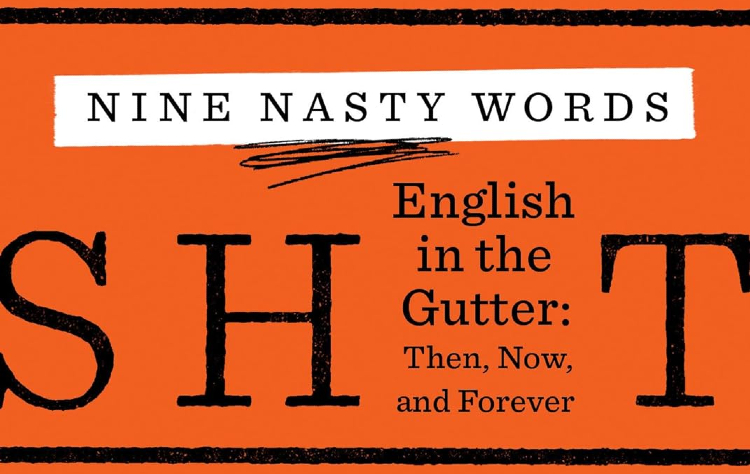
How many swear words are still considered taboo? Any list of such terms should inevitably start with the seven words—including all the four-letter ones—that comedian George Carlin described on his album Occupation: Foole. That album was broadcast on 30th November 1973 by MBIA, a New York radio station, which ultimately led to a landmark Supreme Court verdict giving the Federal Communications Commission the authority to censor radio and network television.
In his book Nine Nasty Words — English in the Gutter: Then, Now, and Forever, John McWhorter slightly expands the classic Carlin list: “I will zero in on not seven but nine of the bedrock swears of modern English, including what we more conventionally term slurs but which qualify as our newest profanity. Or, really, eleven if you count damn and hell.” He gives etymologies for each term, and his citations include literary references and early twentieth century popular culture.
McWhorter has interesting points to make about the c-word, refuting the common interpretation of Geoffrey Chaucer’s “queynte” as a euphemism: “Chaucer did not bedeck his Canterbury Tales with casual references to cunts, despite how this gets around among English majors. It is easy to suppose, because Middle English spelling looks so odd to us and was not yet regularized, that his queynte was an eccentric spelling of cunt. However, it was actually what it looked like: the word quaint”.
Rebecca Roache’s For F*ck’s Sake, Philip Gooden’s Bad Words and What They Say about Us, Peter Silverton’s Filthy English, Ruth Wajnryb’s Language Most Foul, and David Sosa’s Bad Words cover similar ground to McWhorter. Geoffrey Hughes wrote An Encyclopedia of Swearing, expanded from his earlier Swearing. Forbidden Words, by Keith Allan and Kate Burridge, is the most authoritative book on linguistic taboos, and Allen also recently edited The Oxford Handbook of Taboo Words and Language.
In his book Nine Nasty Words — English in the Gutter: Then, Now, and Forever, John McWhorter slightly expands the classic Carlin list: “I will zero in on not seven but nine of the bedrock swears of modern English, including what we more conventionally term slurs but which qualify as our newest profanity. Or, really, eleven if you count damn and hell.” He gives etymologies for each term, and his citations include literary references and early twentieth century popular culture.
McWhorter has interesting points to make about the c-word, refuting the common interpretation of Geoffrey Chaucer’s “queynte” as a euphemism: “Chaucer did not bedeck his Canterbury Tales with casual references to cunts, despite how this gets around among English majors. It is easy to suppose, because Middle English spelling looks so odd to us and was not yet regularized, that his queynte was an eccentric spelling of cunt. However, it was actually what it looked like: the word quaint”.
Rebecca Roache’s For F*ck’s Sake, Philip Gooden’s Bad Words and What They Say about Us, Peter Silverton’s Filthy English, Ruth Wajnryb’s Language Most Foul, and David Sosa’s Bad Words cover similar ground to McWhorter. Geoffrey Hughes wrote An Encyclopedia of Swearing, expanded from his earlier Swearing. Forbidden Words, by Keith Allan and Kate Burridge, is the most authoritative book on linguistic taboos, and Allen also recently edited The Oxford Handbook of Taboo Words and Language.
